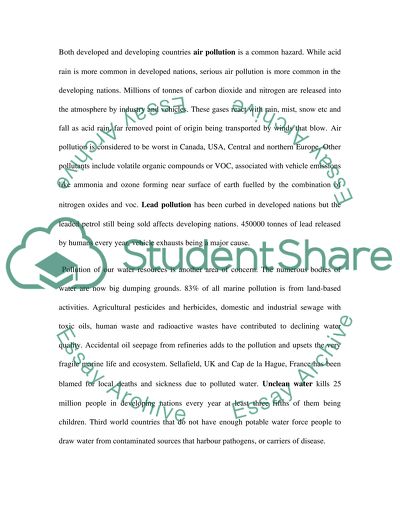Cite this document
(“Technology as an Aide to Developing Cleaner Solutions in Environment Essay”, n.d.)
Retrieved from https://studentshare.org/science/1530226-environmental-science-bachelor-essay
Retrieved from https://studentshare.org/science/1530226-environmental-science-bachelor-essay
(Technology As an Aide to Developing Cleaner Solutions in Environment Essay)
https://studentshare.org/science/1530226-environmental-science-bachelor-essay.
https://studentshare.org/science/1530226-environmental-science-bachelor-essay.
“Technology As an Aide to Developing Cleaner Solutions in Environment Essay”, n.d. https://studentshare.org/science/1530226-environmental-science-bachelor-essay.


